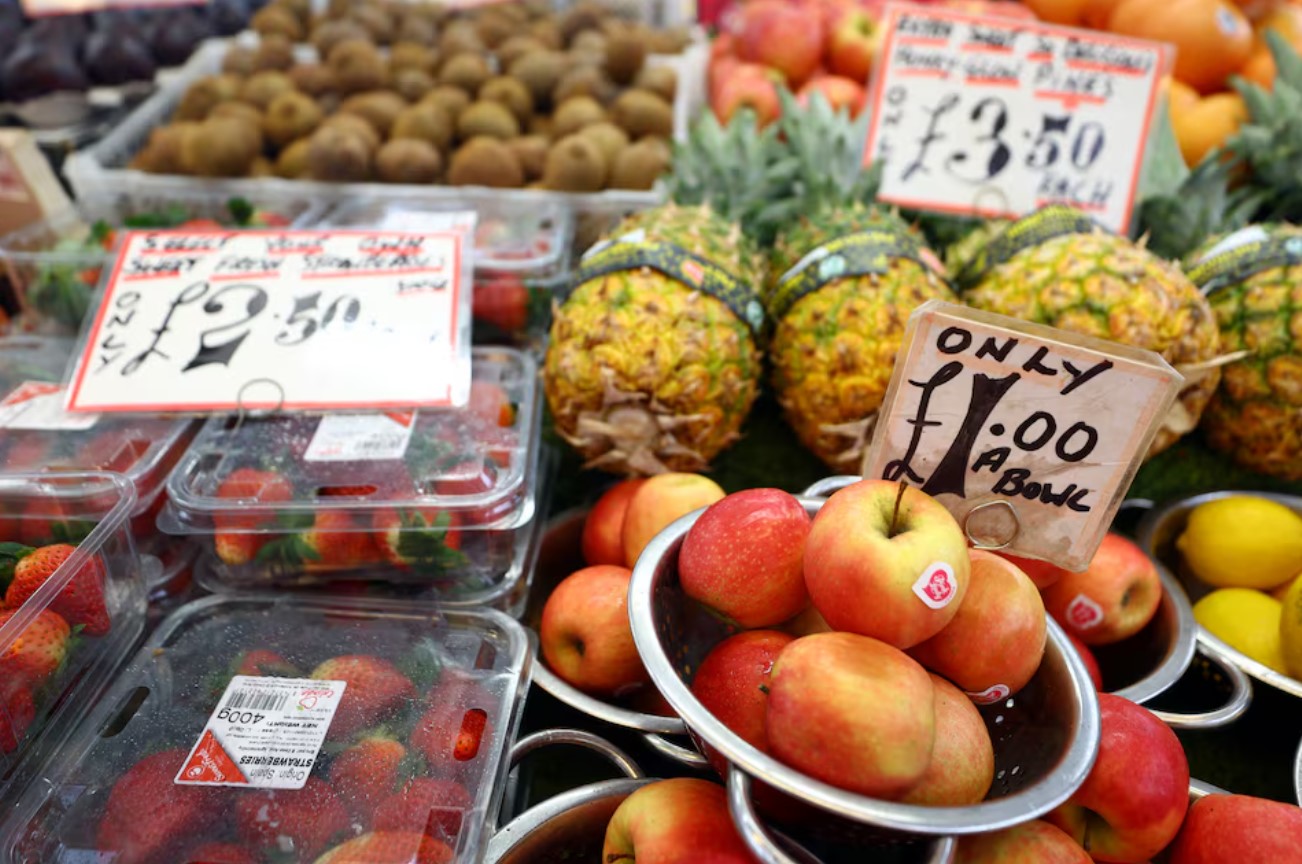British grocery inflation edged down to 4.9 per cent in the four weeks to September 7, according to data from Worldpanel by Numerator, offering only modest respite for shoppers still grappling with elevated food prices.
The figure, the most up-to-date snapshot of UK food inflation, compared with 5.0 per cent in last month’s report.
Worldpanel said prices were rising fastest in markets such as chocolate, fresh meat and butter and were falling fastest in household paper, sugar confectionery and dog food.
Britain’s food retailers have said that higher employer taxes and regulatory costs as well as increased staff wages are adding to inflationary pressure from higher prices for commodities.
The British Retail Consortium, which represents Britain’s biggest retailers, predicts that food inflation will be up to 6 per cent by the end of the year, putting more pressure on household budgets in the run up to Christmas.
The Bank of England has forecast it will hit 5.5 per cent before Christmas and then fall back as global wholesale factors fade.
Overall UK inflation hit 3.8 per cent in July, according to official data published last month, the highest among the G7 economies. Data for August will be published on Wednesday.
Worldpanel said industry leader Tesco (TSCO.L) won more market share than any other grocer in the 12 weeks to September 7, accounting for 28.4 per cent of all sales, up 0.8 percentage points on the year. Its sales rose 7.7 per cent – its highest rate of growth since December 2023.
Sales at number two player Sainsbury’s (SBRY.L) rose 5.4 per cent but Asda remained the industry laggard with sales falling 2.7 per cent and a loss of 0.9 percentage points of market share on the year.
Discounter Lidl and online supermarket Ocado (OCDO.L) remained Britain’s fastest growing grocers with sales growth of 11.0 per cent and 11.9 per cent respectively.
Worldpanel highlighted sales growth for supermarkets’ premium own label lines of 10.3 per cent over the 12 weeks, making it six straight months that they’ve increased by double digits – more evidence that consumers are looking to save money by treating themselves at home rather than dining out.







Click here to change your cookie preferences